On Christmas Eve, Nate decided to make fondue. It was a fabulous idea--what a cozy way to spend Christmas Eve! Now finding cheese in Korea is difficult. Let me re-phrase that, finding good cheese is difficult, and if you want good cheese, you must be willing to pay for it. It's about 10,000 won, a little over $10 Cnd, for a very small stick. A few stores sell imported goods, and Nate found some Swiss cheese, Australian feta, French wine, French bread and vegetables. I recently purchased two Korean earthenware pots for our Christmas on a Hotplate dinner (more on that to come). Nate balanced them on the metal potholders from our stove and lit tea lights underneath them--he had a vision!
We made two mixtures of melted cheese. One was Emmenthal with Feta, rosemary, garlic, white wine and lemon juice. The other was just Emmenthal, garlic, wine and lemon juice. It was a lot of cheese. You can't begin to count the calories in a meal like this--it sucks all the pleasure out of it.
We ate some salad to balance things out a little. Nate remembered that when he was in Switzerland, his Swiss homestay made fondue on Christmas Eve, so this might just be our new Korean-Swiss tradition. It' cozy. It's communal. It's delicious. And it leaves lots of left overs to be parlayed into an omelet on Christmas Day--which also happens to be a Christmas tradition.
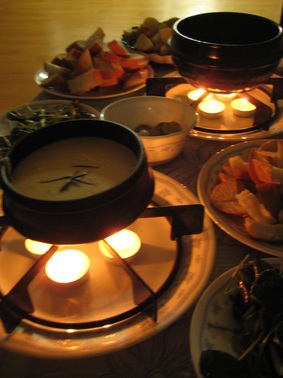
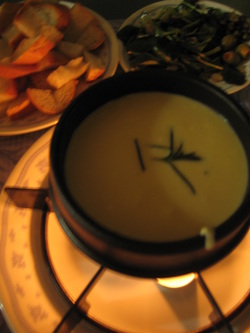
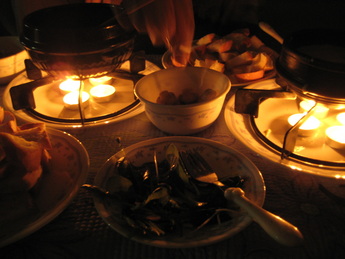
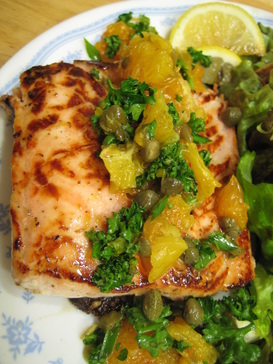
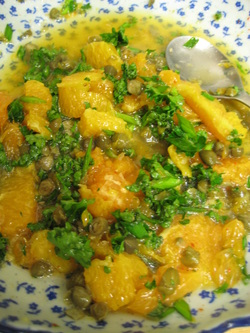
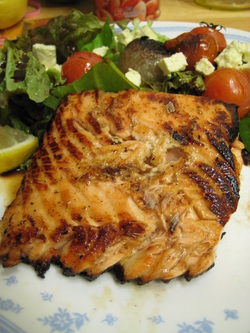
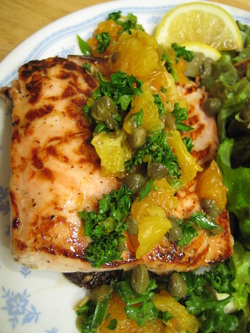
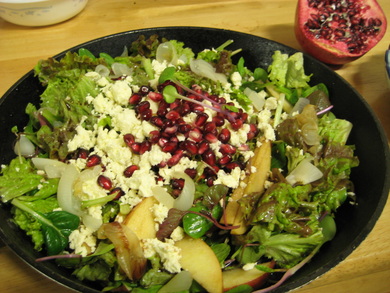
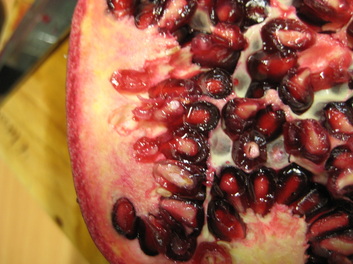
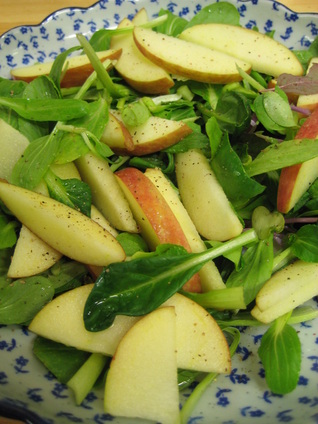
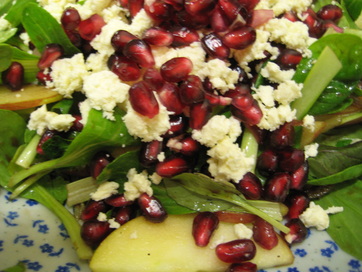
 RSS Feed
RSS Feed